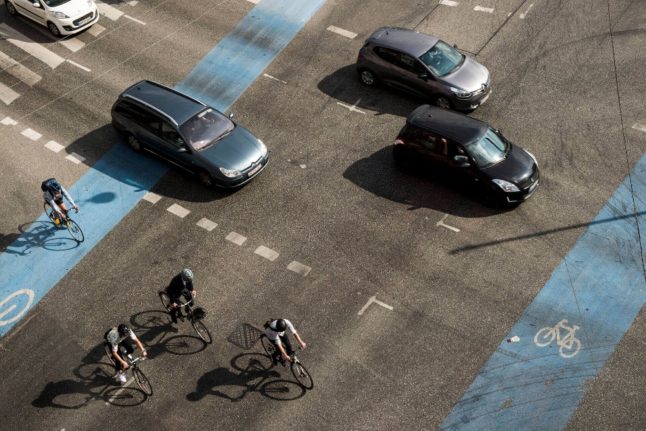The Danish Tax Authority confirmed the changes to commuter deductions in a statement on Tuesday. The decision was made in response to high fuel prices, according to the authority’s statement.
“The background for rates increasing next year is that petrol prices are expected to be higher in 2022 than what was expected for this year,” Jane Bolander, head of the tax authority’s advisory board Skatterådet, said in the statement.
READ ALSO:
- How and where to get the cheapest fuel in Denmark
- Four ways to (legally) lower your tax bill in Denmark
The commuter deduction, termed kørselsfradraget in Danish, increases from 1.90 kroner to 1.98 kroner per kilometre for journeys between 25 and 120 kilometres.
The tax deduction is designed to cover the cost of travelling to and from work over a set minimum distance. It applies to rail and car journeys alike. The deduction is always calculated based on kilometres travelled if the journey was made by car, even if it was actually made by train.
You can claim the deduction if you travel over 24 kilometres to get to and from work over (12 kilometres each way, in other words). This only applies on days when you actually travelled from your home to a place of work, and not, for example, for days you spent working from home.
For journeys over 120 kilometres, the deduction for the part of the journey beyond the 120 kilometre-mark will increase from 0.95 kroner per kilometre to 0.99 kroner per kilometre.
Lower rates are available to people who use their bicycles, scooters, mopeds or similar. For these smaller types of vehicle mentioned above, the rate in 2022 will be 0.55 kroner per kilometre.
The deduction is not paid out to commuters but is calculated into the annual tax return or årsopgørelse.
READ ALSO: Denmark releases preliminary 2022 tax returns: Three things taxpayers should look out for
A different tax relief, the befordringsgodtgørelse, is available for commuters who use their private vehicles to get to work (the same conditions for distance travelled apply).
Commuters who use their own car to get to work can claim 3.51 kroner per kilometre back in tax up to 20,000 kilometres used for commuting. That is an increase from the 2020 rate of 3.44 kroner per kilometre. For commutes over 120 kilometres per day, the relief is 1.98 kroner per kilometre, up from 1.90 kroner per kilometre.
Employers are required to check that private vehicles are actually being used for their commutes by staff who are claiming the tax relief. The exact rules for this, detailed on the tax authority website, are unchanged in 2022.
Unlike with kørselsfradrag, the befordringsgodtgørelse is paid out to eligible taxpayers (rather than being integrated into the tax return). The payment itself is tax free.



 Please whitelist us to continue reading.
Please whitelist us to continue reading.
Member comments